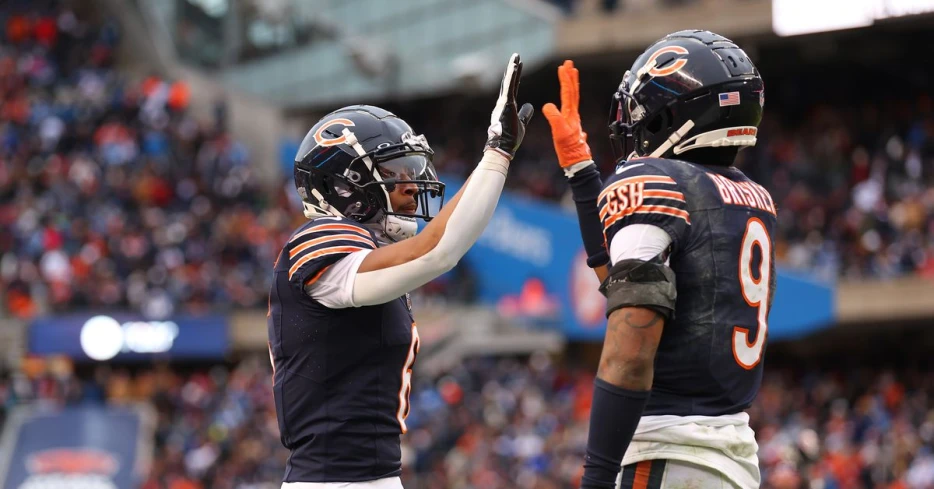
 Windy City Gridiron
Windy City Gridiron
Looking at 2500 players drafted over the first ten years of the rookie salary scale and modern collective barganing agreement, this project studies what actually happens in terms of finding stars, starters, and role-players in the NFL Draft.
This series is exploring what happens in the NFL Draft using the first ten years of results from the modern CBA. The first part of the series gave an overview and covered the first round. This part will explore the next two rounds.
The first day of the NFL sees one-third of all of the starters found in the draft get selected with only one-eighth of the available picks. Most of the “steals” in the draft and most of the remaining “difference makers” found here. In a given year, about 68 picks will be made (679 over ten years) in order to find 27 starters (272 over ten years). That means that two-fifths of the starters found in the draft will be taken with barely one-quarter of the picks available.
Only 40% of the selections made will discover a reliable starter, and just over 50% will discover a regular contributor. However, by a slim margin the majority of these players will fit into one of these categories. In other words, the second day is where GMs earn their money. Starters are there to be discovered (almost one per team per year), and 97 stars as well (roughly ten per class).
The second round of the NFL has a failure rate of roughly 10%, suggesting a steady decay in steps (remember that the bottom of the first round had a failure rate of 8% and that the top of the first round had a failure rate of 4%). Four-fifths of these players will make it to 5 years in the league, but only 19% will make a Pro Bowl. That’s basically half the rate of the first-rounders, but it’s still respectable.
Second-round players are still more likely than not (57%) to become reliable contributors, and they are a coin toss (52%) to make it as a regular starter. However, the quality is beginning to become patchy. The average number of games played is at 57 and the average number of games started is at 38. Both of those are below the threshold for contributors and starters. However, the medians (63 and 40) are at these thresholds. What gives?
The bottom third (in terms of performance) of the second round is legitimately disappointing compared to the rest of the cohort. The median for this group is 54 games and only 22 starts. There are 60 players (out of 316) who won’t even play in 40 games. There are 78 players who won’t even have a 16-game season worth of starts. Each draft class has a minimum of three selections made in the second round who fail to start sixteen games and who don’t even play in 40 games over their five years. The average is five such...